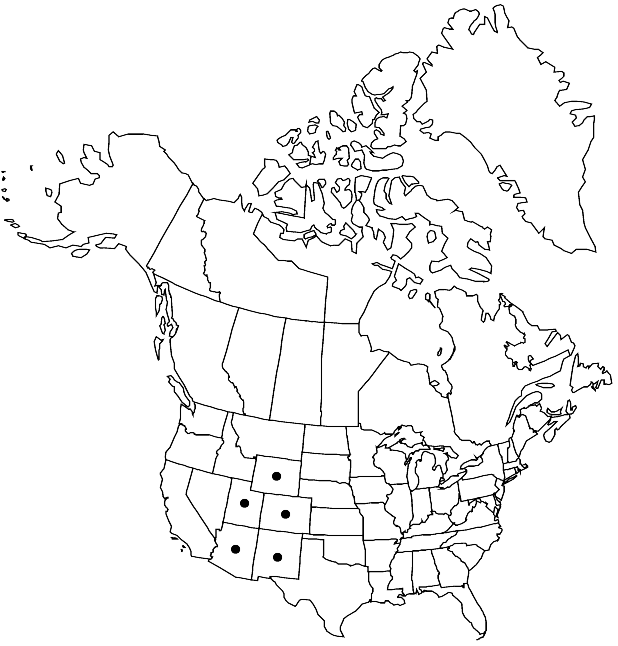Difference between revisions of "Salix monticola"
in J. M. Coulter, Man. Bot. Rocky Mt., 336. 1885.
FNA>Volume Importer |
imported>Volume Importer |
||
| (One intermediate revision by the same user not shown) | |||
| Line 1: | Line 1: | ||
{{Treatment/ID | {{Treatment/ID | ||
|accepted_name=Salix monticola | |accepted_name=Salix monticola | ||
| − | |accepted_authority=Bebb | + | |accepted_authority=Bebb |
|publications={{Treatment/Publication | |publications={{Treatment/Publication | ||
|title=in J. M. Coulter, Man. Bot. Rocky Mt., | |title=in J. M. Coulter, Man. Bot. Rocky Mt., | ||
| Line 8: | Line 8: | ||
}} | }} | ||
|common_names=Mountain or park or serviceberry willow | |common_names=Mountain or park or serviceberry willow | ||
| + | |special_status={{Treatment/ID/Special_status | ||
| + | |code=E | ||
| + | |label=Endemic | ||
| + | }} | ||
|basionyms= | |basionyms= | ||
|synonyms={{Treatment/ID/Synonym | |synonyms={{Treatment/ID/Synonym | ||
| Line 48: | Line 52: | ||
-->{{#Taxon: | -->{{#Taxon: | ||
name=Salix monticola | name=Salix monticola | ||
| − | |authority=Bebb | + | |authority=Bebb |
|rank=species | |rank=species | ||
|parent rank=section | |parent rank=section | ||
| Line 61: | Line 65: | ||
|publication title=in J. M. Coulter, Man. Bot. Rocky Mt., | |publication title=in J. M. Coulter, Man. Bot. Rocky Mt., | ||
|publication year=1885 | |publication year=1885 | ||
| − | |special status= | + | |special status=Endemic |
| − | |source xml=https:// | + | |source xml=https://bitbucket.org/aafc-mbb/fna-data-curation/src/2e0870ddd59836b60bcf96646a41e87ea5a5943a/coarse_grained_fna_xml/V7/V7_121.xml |
|genus=Salix | |genus=Salix | ||
|subgenus=Salix subg. Vetrix | |subgenus=Salix subg. Vetrix | ||
Latest revision as of 22:30, 5 November 2020
Plants 1.5–6 m. Stems: branches yellow-brown or red-brown mottled with green, not or weakly glaucous, glabrous; branchlets red-brown to yellow-brown, glabrous or puberulent, pilose, or villous, (buds caprea-type). Leaves: stipules foliaceous or rudimentary on early ones, foliaceous on late ones, apex acute or acuminate; petiole shallowly grooved, or convex to flat adaxially, 5.5–14 mm, pilose, villous, or velvety to glabrescent adaxially; largest medial blade (sometimes amphistomatous), narrowly oblong to oblong, narrowly elliptic to elliptic, lanceolate, oblanceolate, or obovate, 35–95 × 11–33 mm, 2–3.9 times as long as wide, base convex, rounded, or subcordate, margins slightly revolute or flat, serrulate, serrate, or sinuate, apex acute to acuminate, abaxial surface glaucous, glabrous, adaxial dull, glabrous or pilose, midrib pilose to villous; proximal blade margins entire or serrulate; juvenile blade sometimes reddish, villous or long-silky abaxially, hairs white, sometimes also ferruginous. Catkins: staminate flowering before or just before leaves emerge, pistillate as leaves emerge; staminate stout, 14–39 × 9–17 mm, flowering branchlet 0.5–7 mm; pistillate densely flowered, stout, 21–60 × 8–16 mm, flowering branchlet 0.5–8 mm; floral bract brown, black, or bicolor, 1–2 mm, apex rounded to acute, abaxially hairy, hairs wavy, straight, or curly. Staminate flowers: adaxial nectary narrowly oblong, 0.6–1.1 mm; filaments distinct or connate less than 1/2 their lengths, glabrous; anthers purple turning yellow, 0.4–0.8 mm. Pistillate flowers: adaxial nectary narrowly oblong, oblong, or flask-shaped, 0.4–1 mm, shorter than or equal to stipe; stipe 0.5–1.6 mm; ovary pyriform, glabrous, beak gradually tapering to styles; ovules 11–15 per ovary; styles 0.6–1.1 mm; stigmas flat, abaxially non-papillate with rounded tip, or broadly cylindrical, 0.24–0.36–0.56 mm. Capsules 4–7 mm. 2n = 114.
Phenology: Flowering late Apr-early Jul.
Habitat: Streams, cienegas, meadows, springs
Elevation: 1700-3500 m
Distribution

Ariz., Colo., N.Mex., Utah, Wyo.
Discussion
Selected References
None.